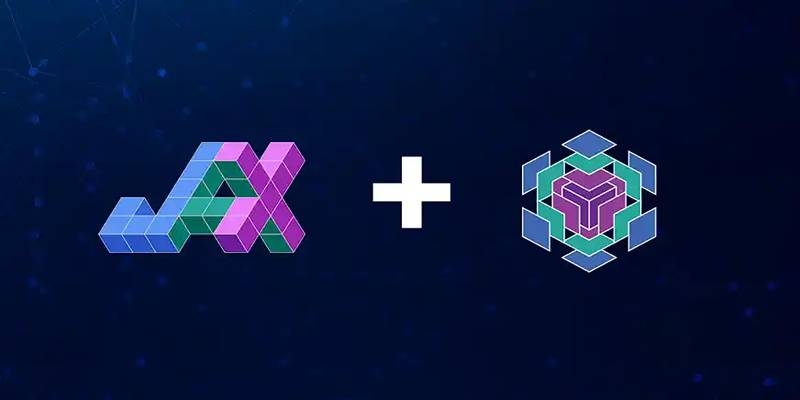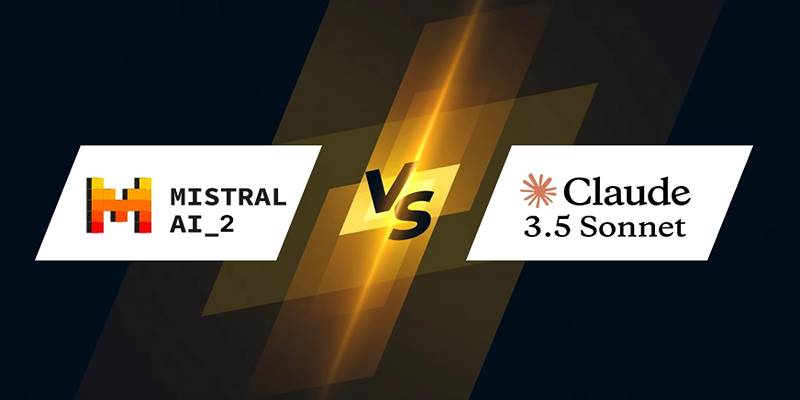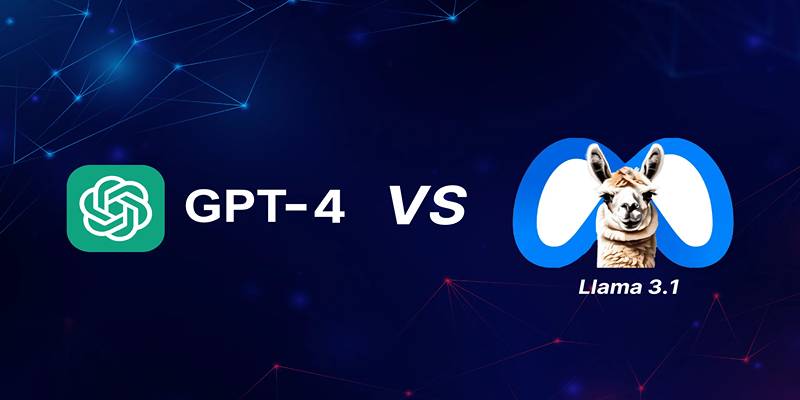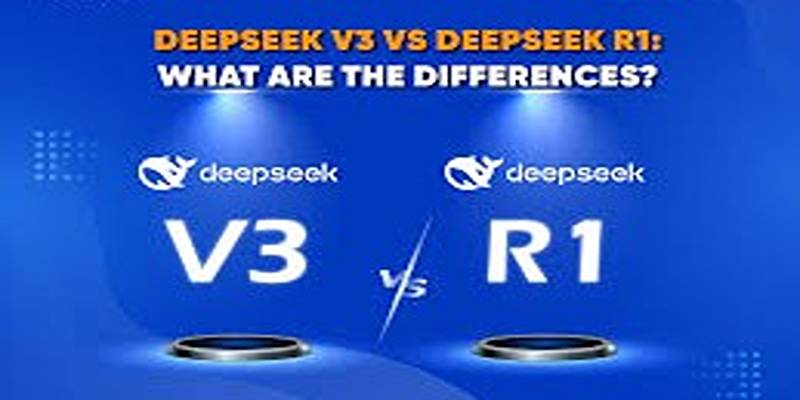New, more complex language models are constantly changing how you use AI to solve problems. DeepSeek, a frontrunner in AI research, has recently launched two groundbreaking models—DeepSeek-V3 and DeepSeek-R1—each with distinctive strengths and applications.
While both models derive from a similar foundation, their divergence in architectural choices, training methodologies, and specialized use cases has sparked significant interest and discussion. This post will dive into a detailed comparison between DeepSeek-V3 and DeepSeek-R1, illuminating which model excels in different scenarios.
Basics of DeepSeek-V3 and DeepSeek-R1
Before this guide delves into specifics, let's first establish a fundamental understanding of these two powerful models.
- DeepSeek-V3 is an advanced Mixture-of-Experts (MoE) language model consisting of a staggering 671 billion parameters. However, its innovation lies in its ability to dynamically activate only about 37 billion parameters per token, optimizing performance without drastically increasing computational costs. Trained on an expansive dataset of 14.8 trillion tokens, this model positions itself as a versatile workhorse designed for scalability, broad-domain applicability, and cost-effective deployment.
- DeepSeek-R1, released just after V3, introduces Reinforcement Learning (RL) into the training regime to significantly enhance reasoning capabilities. While it inherits DeepSeek-V3's foundational architecture, DeepSeek-R1 employs a highly specialized training process that leverages reinforcement learning, refining its decision-making, logical reasoning, and structured problem-solving.
Comparing Architectures: Mixture-of-Experts vs. Reinforcement Learning
The primary divergence between DeepSeek-V3 and DeepSeek-R1 lies in their underlying architectures and training methodologies.
DeepSeek-V3: Mixture-of-Experts (MoE) Powerhouse
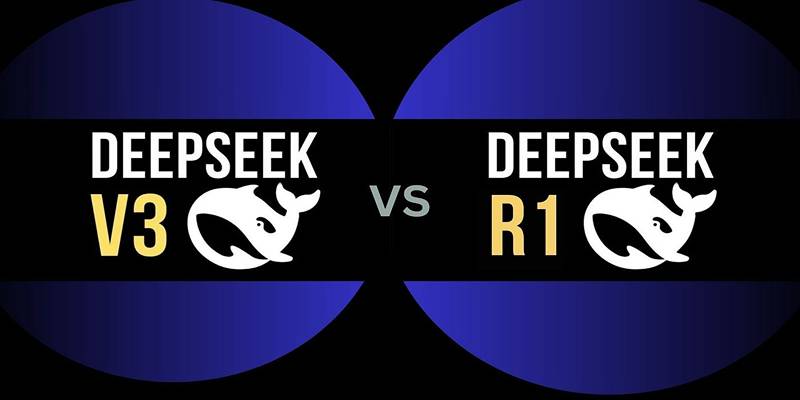
DeepSeek-V3's architecture is characterized by the Mixture-of-Experts (MoE) approach. MoE allows the model to partition its large parameter set into multiple “expert” networks, each specialized in distinct aspects of problem-solving.
The training process for DeepSeek-V3 involves two main stages:
- Pre-training Stage: Trained extensively on a diverse corpus, including multilingual text, scientific data, and literary sources. The sheer magnitude of 14.8 trillion tokens helps the model grasp extensive domain-specific knowledge and general-purpose capabilities.
- Supervised Fine-Tuning (SFT): After pre-training, DeepSeek-V3 undergoes additional fine-tuning. This step includes supervision with human-curated annotations to enhance coherence, grammatical precision, and contextual relevance.
DeepSeek-R1: Reinforcement Learning Specialist
In contrast, DeepSeek-R1 leverages reinforcement learning principles to optimize its reasoning capacities. Unlike the MoE approach of V3, R1 specifically targets logical structuring and analytical problem-solving tasks through RL methodologies such as Group Relative Policy Optimization (GRPO). Key training differences include:
- Cold-Start Fine-Tuning: Initially trained on smaller but meticulously annotated data, focusing specifically on high-quality reasoning examples.
- Rejection Sampling and Synthetic Data Generation: DeepSeek-R1 generates multiple potential responses, selecting only the best-quality outputs as further training samples, reinforcing strong reasoning behavior.
- Hybrid Training: Integrates RL with supervised fine-tuning datasets, producing balanced reasoning-driven outputs that remain closely aligned to human preferences and readability.
Computational Efficiency: Managing Large-Scale Tasks
Both DeepSeek-V3 and DeepSeek-R1 excel at handling large-scale tasks, but they approach computational efficiency differently.
DeepSeek-V3: Scaling with MoE Efficiency
- Mixture-of-Experts (MoE) architecture activates only a fraction of its 671 billion parameters (37 billion per token), reducing computational overhead.
- This dynamic activation allows DeepSeek-V3 to scale efficiently while maintaining low operational costs.
- Well-suited for large-scale text generation and diverse domain processing, DeepSeek-V3 handles extensive datasets and high-throughput requests efficiently.
DeepSeek-R1: Reinforcement Learning Efficiency
- Does not use MoE but relies on reinforcement learning (RL) for efficiency.
- Group Relative Policy Optimization (GRPO) reduces the need for critic models, lowering computational costs.
- Ideal for reasoning tasks, DeepSeek-R1 excels at complex problem-solving like mathematical or logical tasks, even with smaller data sets.
In summary, DeepSeek-V3 is optimized for generalized scaling, while DeepSeek-R1 achieves efficiency in reasoning-driven tasks.
Flexibility and Adaptability: Tailoring to Specific Needs
Both DeepSeek-V3 and DeepSeek-R1 offer unique advantages when it comes to flexibility and adaptability, but their strengths are tailored to different use cases.
DeepSeek-V3: Versatile for General Tasks
- Wide-Ranging Applications: Due to its Mixture-of-Experts (MoE) architecture, DeepSeek-V3 is adaptable across many domains, from content generation to knowledge retrieval.
- Multilingual & Cross-Domain: Trained on 14.8 trillion tokens, it excels in handling diverse language tasks and can quickly adapt to new fields without the need for extensive retraining.
- Efficiency in General Use: Its ability to activate only relevant experts allows it to quickly scale across multiple tasks, making it a go-to solution for general-purpose AI applications.
DeepSeek-R1: Specialization for Deep Reasoning
- Optimized for Complex Reasoning: By utilizing reinforcement learning (RL), DeepSeek-R1 is more adaptable to tasks that require structured thinking and logical analysis, like problem-solving or mathematical reasoning.
- Self-Improvement: Through rejection sampling and RL-driven optimization, R1 can refine its performance iteratively, ensuring that it handles complex queries with greater accuracy over time.
- Focused Expertise: While less versatile for general tasks, DeepSeek-R1 excels in specific fields that demand deep analysis, such as scientific research and coding.
Choosing the Right Model: Decision Guidelines

Selecting between these two AI giants hinges upon your specific needs. Consider the following decision-making criteria:
Opt for DeepSeek-V3 if:
- Your applications require broad NLP capabilities without intensive reasoning demands.
- Scalability and cost-efficiency are high priorities.
- Your tasks involve large volumes of general-purpose, multi-domain content generation.
Opt for DeepSeek-R1 if:
- Your primary goal revolves around structured reasoning, logic-intensive tasks, and computational accuracy.
- Tasks include complex mathematical reasoning, in-depth coding problems, scientific analyses, or decision-intensive processes.
- Operational budgets can accommodate higher computational expenses for premium reasoning capabilities.
Conclusion
Both DeepSeek-V3 and DeepSeek-R1 represent groundbreaking advancements in AI, each excelling in different areas. DeepSeek-V3 shines with its scalability, cost efficiency, and ability to handle general-purpose tasks across various domains, making it ideal for large-scale applications. On the other hand, DeepSeek-R1 leverages reinforcement learning to specialize in reasoning-intensive tasks, such as mathematical problem-solving and logical analysis, offering superior performance in those areas.
The choice between the two models ultimately depends on the specific needs of the application, with V3 offering versatility and R1 providing depth in specialized fields. By understanding their strengths, users can select the right model to optimize their AI solutions effectively.


